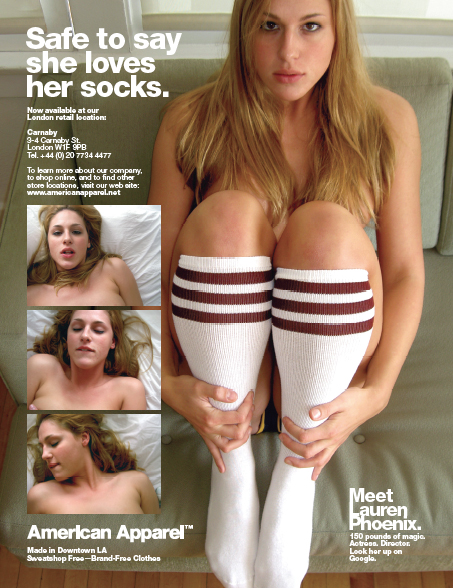Australia has several major players in the media ownership market as shown in the picture below. Between them, The Murdoch’s, Rupert and Lachlan, James Packer, John Singleton, Gina Rinehart, Bruce Gordon and Kerry Stokes own a very large share of the Australian media market. They cover most of the major papers, Television stations and radio stations in Australia, which means this small group of people control what we hear and see in the media. This can become a problem as most people will have an agenda of some from, and as most of these people are extremely wealthy, their agenda and interest usually revolve around maintaining and increasing their wealth. This can skew the angle at which they report an event which means we are unable to get mostly unbiased media.
The biggest of this group is Rupert Murdoch. He controls News Ltd which has a large number of newspapers and radio stations. It also has a 50% stake in Foxtel, which gives him a 13.84% share in Channel 10. Add to this his sons 7.68% share in Channel Ten and 100% control of Nova Radio and that is a very broad coverage of the media landscape. The problem with one person having this much control is many of his organisations have a less than great record for being unbiased, objective and ethical.
One major example would be the News of the World phone hacking scandal in 2011. The phones of many celebrities, soldiers and victims of crime as well as members of the royal family were hacked and messages from the phones were taken to help investigate stories. This gross abuse of ethics and journalistic standards led to a public outcry and the eventual shutdown of the publication. More about the scandal can be seen in the video below.
While the problem of media ownership diversity is still a big issue, the continuing rise of the internet is slowly making it less of an issue. The internet allows anyone to post content, which means we get access to a wider range of sources and opinions. This means that the audience are starting to become the content producers and through mediums such as Twitter for news and YouTube for video creation, we are seeing the legacy media owners begin to slowly lose power and this will hopefully lead to a more diverse ownership of the media market.
Sources:
ACMA Picture – http://www.acma.gov.au/theACMA/media-interests-snapshot
Phone Hacking Youtube Video – https://www.youtube.com/watch?v=FT0X1mMUpNo






